Adventure
From the vast herds of game foraging on the Serengeti plains to the exquisite beaches of Zanzibar, from the snowy peak of Mount Kilimanjaro to the incredible Ngorongoro Crater, Tanzania amazes.
Itinerary & Rates Learn About Tanzania Photo GalleryA geological wonder, The Ngorongoro crater alone is worth the trip. Often called “Africa’s Eden” and “the 8th wonder of the world,” the crater is rich in history and teeming with wildlife.
Climb Mt. Kilimanjaro, Africa's highest mountain, and stand on top of the continent that is home to such beauty and splendor. Witness the dramatic views of the famed African Rift Valley.
Then there's the Serengeti - the most famous national park in Tanzania with some of the finest game viewing in the land. The annual wildebeest migration thunders through the Serengeti and Masai Mara National Reserve in Kenya attracting local predators and prey as well as visitors from all over the world.
Visit the exotic Spice Island of Zanzibar, home to the UNESCO World Heritage Site in Stone Town and relax on the idyllic beaches.
Our Tanzania Safaris will expose you to the wonders of Tanzania and a once in a lifetime African Safari.
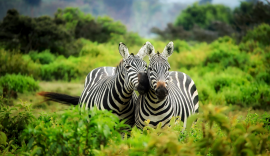
Africa
An 8 day itinerary showcasing the 'must see' destinations in Tanzania including Tarangire, Serengeti, Ngorongoro, and Manyara. If you're eager to see more, there is an optional extension to the exotic island of Zanzibar that is guaranteed to have something for everyone to enjoy!
Rates & Itinerary Plan Your Trip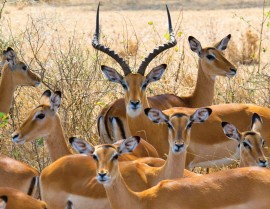
Africa
Tanzania is home to an incredible array of wildlife and stunning landscapes. This 8 day itinerary showcases the best of the parks and new properties that the region has to offer including Tarangire, Ngorongoro, Serengeti, and Manyara . There are also a variety of unusual, exciting activities that you can choose to include in your trip so that you experience not just the wildlife of Tanzania but the culture as well.
Rates & Itinerary Plan Your Trip
Africa
You can afford a safari to Tanzania! Take a journey close to nature to three of the country’s most popular parks. Enjoy game drives in beautiful Lake Manyara National Park and the vast plains of the Serengeti. Stand in awe at the edge of Ngorongoro Crater and then descend into this world renowned Garden of Eden.
Rates & Itinerary Plan Your Trip
Africa
Ideal for first time visitors to Tanzania - spend 9 days exploring the country's wilderness and wildlife in Arusha, Tarangire National Park, Ngorongoro Crater, Serengeti National Park, before relaxing in Zanzibar.
Rates & Itinerary Plan Your Trip
Africa
Visit one of the most dramatic destinations in Africa - Ngorongoro Crater, learn about the Masai lifestyle, drive through the Serengeti and capture magical wildlife photographs all on this eight day Family Safari vacation.
Rates & Itinerary Plan Your TripPossibly the best known game park in the world, the Serengeti IS “Africa” to many, many people. That stark, solitary acacia, umbrella branched canopy in silhouette, against the endless sky and the horizon-to-horizon grasslands… that is Serengeti.
Swahili for “endless plains,” Serengeti is the southern, Tanzanian, continuation of Kenya’s Masai Mara and together with it, creates the scene of the annual clockwise foraging journeys of gnu and zebra known as The Migration. For 5,700 square miles Serengeti is home to prey (zebra, gnu, gazelle and antelope) and predator (lion, leopard, cheetah, jackal and hyena). In fact, this may be the best place in Africa to see lion. Ground travel to the Serengeti is from the Ngorongoro Conservation Area (the north border with Kenya’s Masai Mara has been closed by road for some time now) and as soon as you’ve left the volcanic highlands you know you’re in a different world. Crossing into the park through the Naabi Hill Gate, the koppis (or kopjes) pop out at you almost immediately. A tumble of erosion smoothed boulders, the koppis are the tips of buried rock mountains the Serengeti plains grew up around. Little oases of elevation and scrub greenery, they’re a favorite vantage point for lions and a cool hiding place for the lone impala buck.
We weren’t 15 minutes into the park when our driver somehow spotted movement maybe 500 yards ahead in the tall grass (driver guides have exceptional vision – it took us several minutes to see what he was looking at even after it was pointed out). A mother cheetah with four young, maybe month-old cubs, was beginning her hunt. She moved swiftly, soundlessly, ignoring us but totally focused on a tiny band of gazelles further on. Not wanting to disrupt her concentration we held back. Cheetahs work hard for each meal, only eating what they’ve killed, and this young mother had a larger than usual litter. As we turned to drive away, we surprised a Kori bustard, Africa’s largest bird that can fly, who was airborne in just a few short strides. Sunlight plays over the grasslands, every minute the scene changes. The land is alive, pulsating and vibrant. We fully recognize that we’re visitors here, silent observers, safe in the pop-top Land Cruiser. Asking our guide how long a person on foot would last out here alone he stated chillingly, “Not even one night.” Serengeti National Park is another World Heritage Site and rightly so… these places need protecting, not just for the animals… but as a place to remember that humankind doesn’t own and control everything. Nature is, at best, on loan and our responsibility to leave the way we found. Serengeti is the kind of place where thoughts such as these seem to come naturally. We hope that will always be true.
This park is not on the usual game touring routes, making a visit here all the more special as you have a better chance at being a solitary visitor. And, being solitary, your imagination can enjoy free rein in this place forgotten by time.
Probably the most noteworthy landscape features are the baobab trees. Primitive and ancient (some get to be over a thousand years old) these “monster trees” as our guide called them, rise up from the hilly plains as a thick slabbed trunk top dressed with a spiky confusion of branches – definitely the stuff of nightmares. Their unmistakable silhouettes are even visible in very young “baby baobabs.” Elephants do them a lot of damage and you’ll see few trees unmarked by holes and tusk rubbing scars. They’re also home to the occasional snoozing python. But perhaps what they do best is take center stage in photographs…like so much on this continent, they have to be seen to be believed.Tarangire is one of the best parks for elephant viewing. In the northern park regions along the Tarangire River there are great concentrations of many different species as the river is the area’s only fresh water source. Bird species exceed 300, and other mammals numbered at greater than one thousand members counted include zebra, wildebeest, buffalo, eland, Masai giraffe and oryx. Human encroachment on traditional migration routes have resulted in many animals making a year round home here. With over a thousand square miles to the park – grasslands, acacia woodlands and swamps – Tarangire’s diversity and downright eerie atmosphere make it one of our favorites.
The entire 3,200 square mile area is properly known as the Ngorongoro Crater Conservation area and is fiercely protected as not only a jewel in the Tanzania National Park network, but as a designated World Heritage Site. The crater itself is the remnant of a volcano which, before its eruption, may have been larger than Mt. Kilimanjaro. It is the world’s 6th largest crater and has the distinction of being the largest unflooded, intact caldera. Rising some 8,000 feet high, you transverse the clouds to reach the rim road very near the top. Once the sun breaks out, the view is breathtaking – looking 12 miles across and almost 2,000 feet down, the crater is a self-contained world apart.
To explore it thoroughly takes a full day game drive. A half hour drive down a steep, winding track brings you to the floor: grasslands, swampy lakes and a small forest. Those tiny black dots you saw from the rim you’ll recognize now as buffalo, or possibly as a lone bull elephant… for some reason elephant families stay in the highland forests surrounding the crater. The crater lake is home to both hippos and flamingos as well as thousands of other water birds.There are 2 picnic areas within the Lerai Forest and that’s where you’ll enjoy the boxed lunch supplied by your lodge. Persistent vervet monkeys will try their best to steal what they can; we witnessed one ill-advised tourist try to feed one of them (strictly illegal) and almost get his hand bitten for his trouble. Don’t be surprised by encroaching zebra who seem to have little fear of humans on foot in this protected preserve. We saw several black rhino, Thomson gazelles galore and a rooting flock of crowned crane, magnificent as, startled, they flew off in unison.
As a conservation area, as opposed to a national park, Masai tribesmen are allowed crater access for grazing and salt licks, but they must leave at night. The sight of their herds scaling the steep paths is a reassuring tribute to the real, peaceful coexistence between the wild and the human worlds.
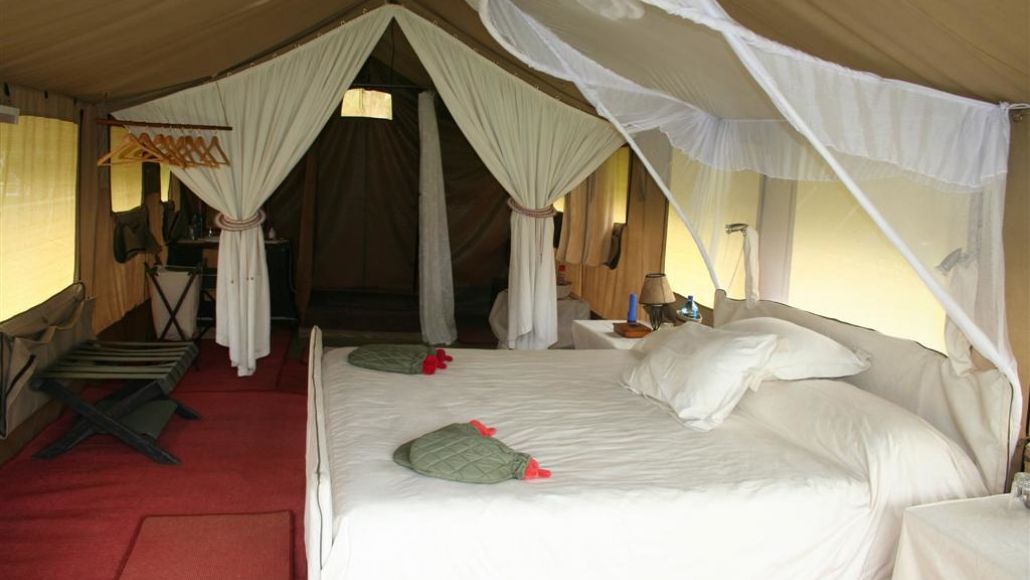
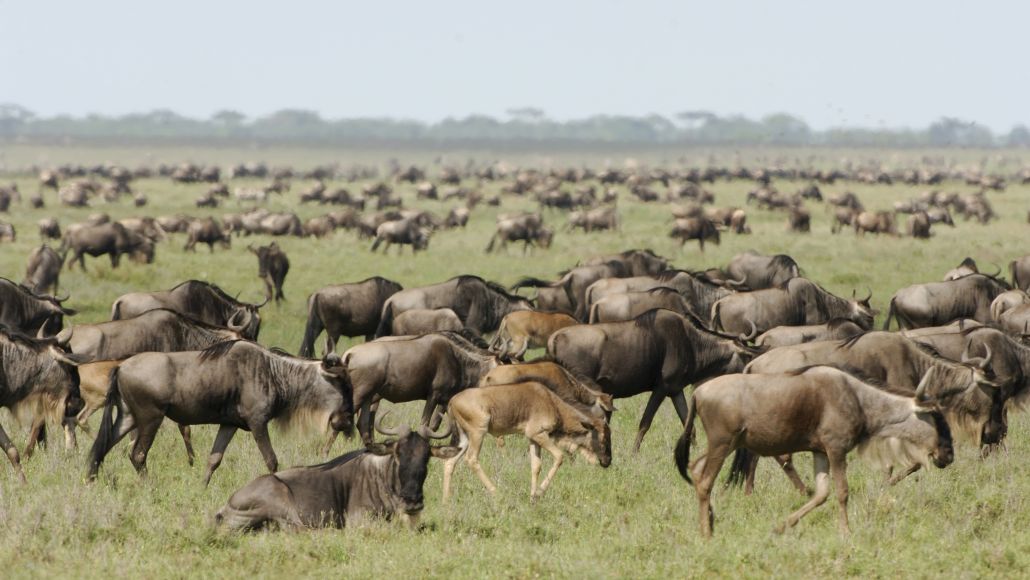
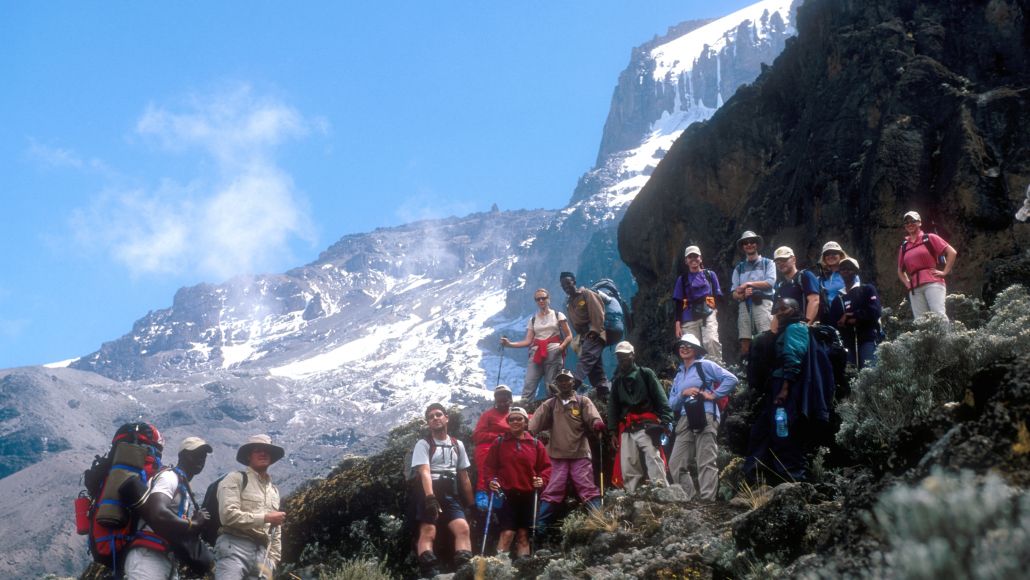
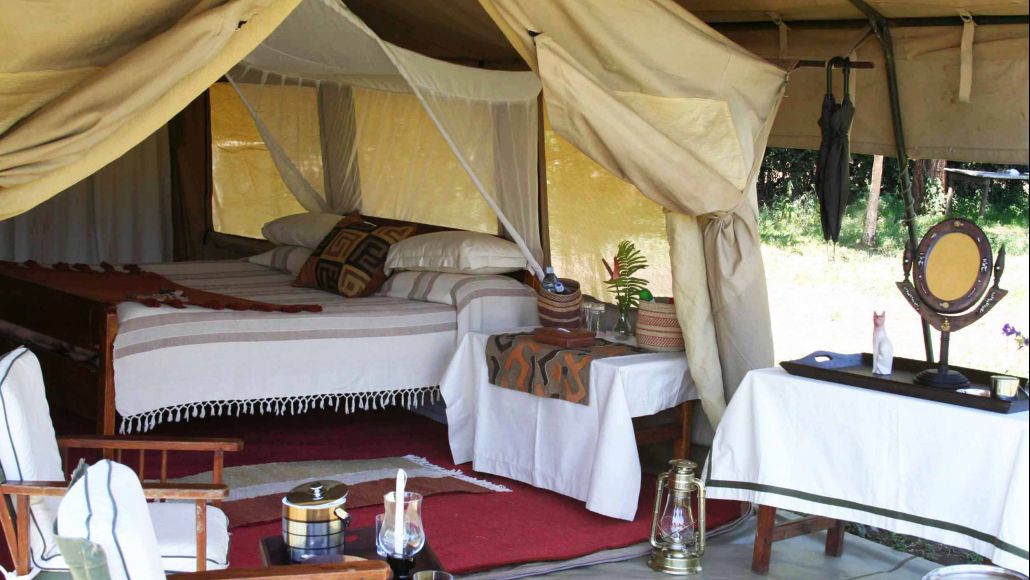
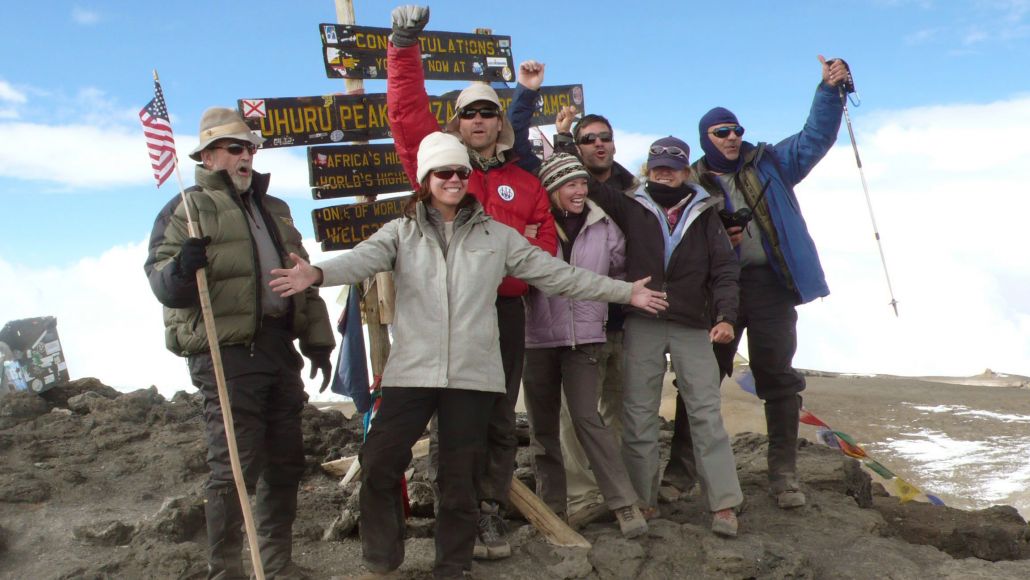
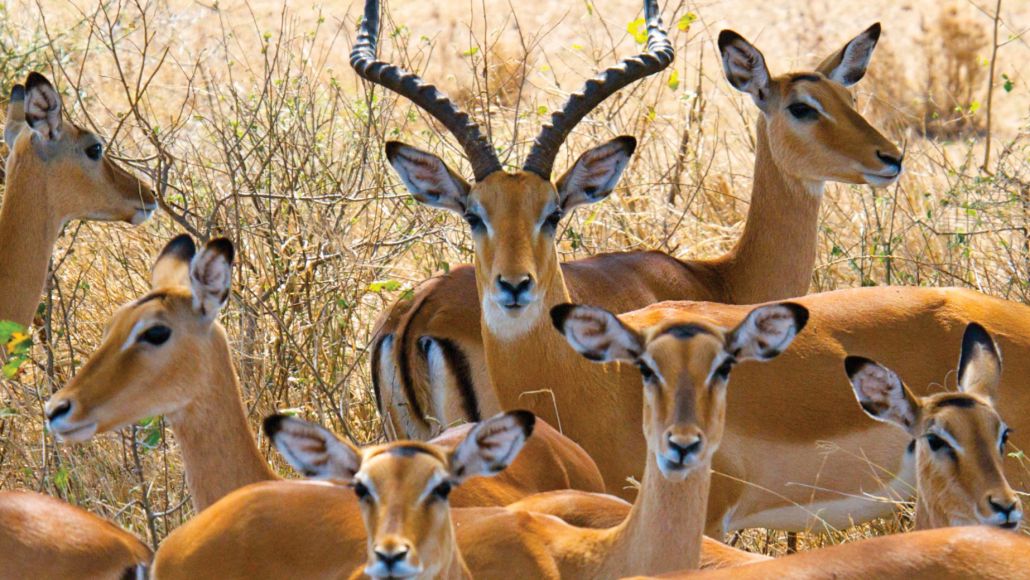
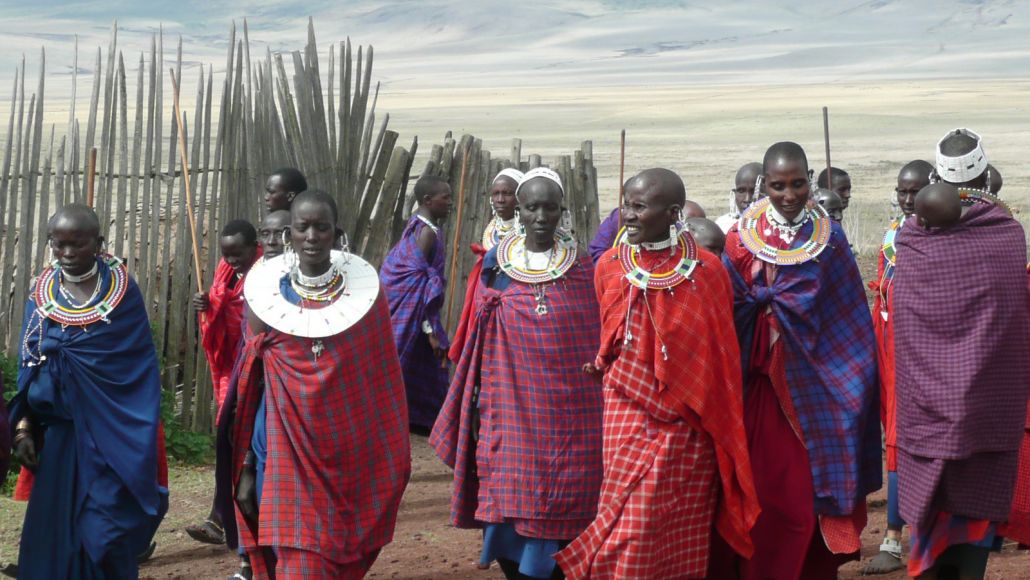
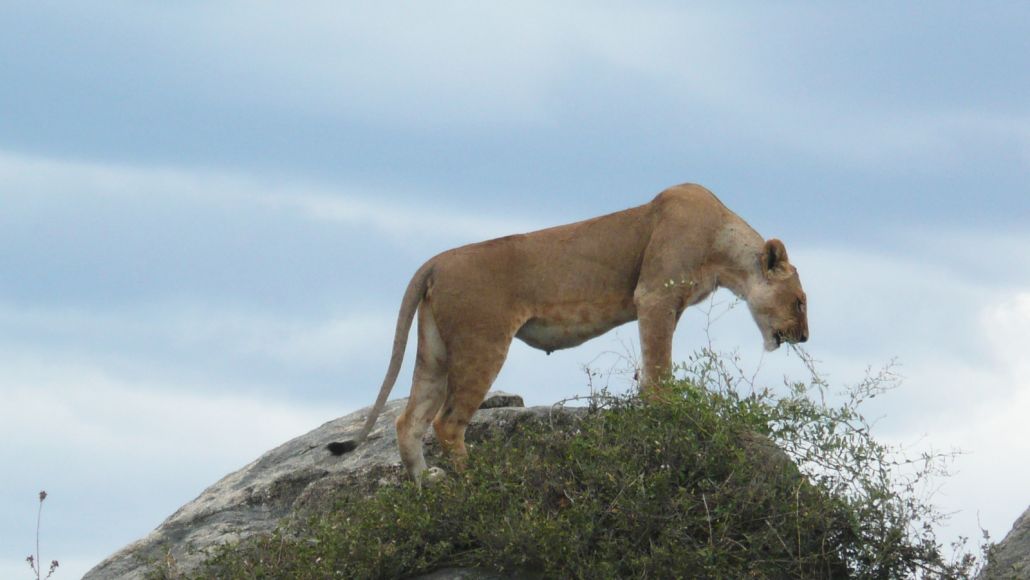
__large.jpg)
__large.jpg)
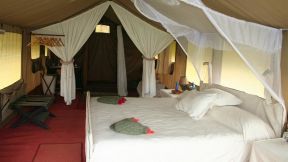
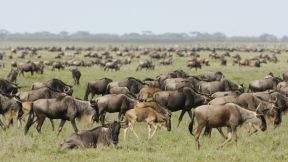
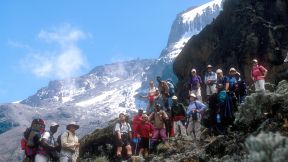
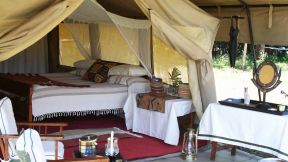
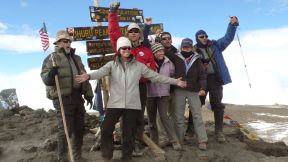
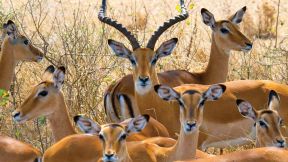
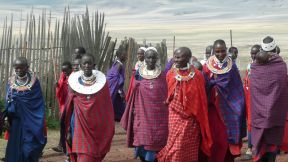
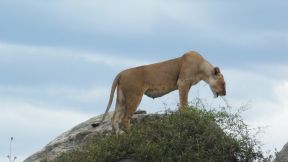
__small.jpg)
__small.jpg)